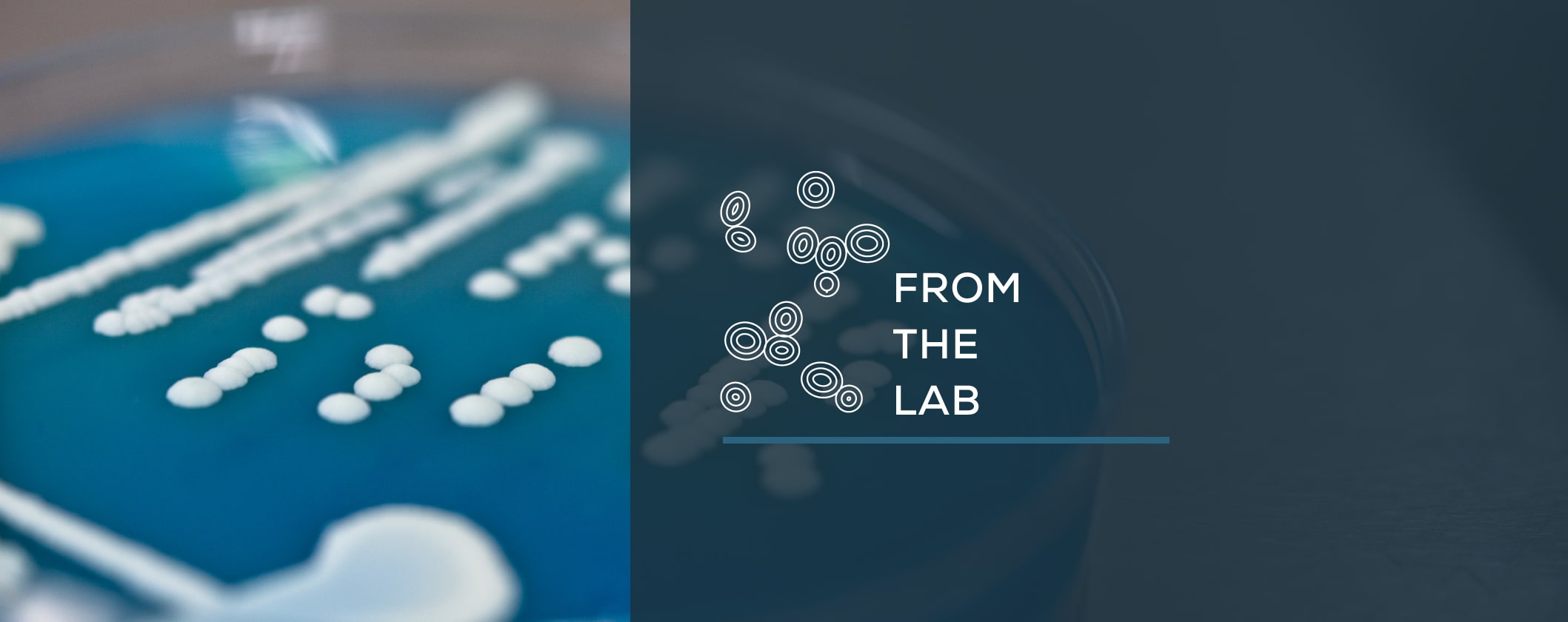Creative Lager Brewing

We’ve paired creative styles with quick tips for success, inspired by our Private Collection: Flannel Fest.
Dry Hopped Lagers
A brewing practice that is being explored by more craft breweries is dry hopping lagers after primary fermentation is complete. Dry hopping will add a different flavor and aroma to the traditional lager beer, mimicking the qualities of dry hopped ales. This technique has evolved the now-defined India Pale Lager by the Brewers Association’s Beer Style Guidelines since 2018.
In lagers, dry hopping is preferably done when the temperature is raised for the diacetyl rest, or at the end of primary fermentation. The hop dosage or hop varieties to add will depend on the beer style and preferred taste. Generally, to dry hop a beer with whole hop cones, pellets type 90 and dry hop aroma oils are used, though new technology is evolving brewing options. One of these options to consider is a liquid dry-hop product that can be used to reduce beer losses and processing time.
The yeast from a dry hopped lager can be harvested if needed. Harvest should be at around 56 °F (13 °C), since a warmer temperature of 68 °F (20 °C) is needed to get the best flavors from the hops during this phase before cold crashing.
Brett Lagers
Another exciting practice is to pitch a Brettanomyces strain in a lager beer after primary fermentation. This unexpected combination of cultures has already taken hold in craft beer. Brett strains will add fruity, tart flavors as they consume the residual sugars. It is also possible to pitch a mixed culture of a lager yeast strain such as 2112 California Lager and a Brettanomyces strain during primary fermentation at a warmer temperature of 65 °F (18 °C), in which the Brett will remove part of the diacetyl produced by the Saccharomyces, and will add different flavors and aromas to the batch.
If it is a primary mixed fermentation, I suggest co-pitching a lager strain with a small amount of Brettanomyces – about 10% of the required yeast volume for your original gravity – to develop the complementary flavors of Brett. This type of blend will emulate the same Brett character development as Wyeast’s 9097-PC Old Ale Blend, but suited to lager brewing. The fermentation temperature should be done depending on the lager yeast used, in some cases 50-55 °F (10-13 °C), though if using a strain such as 2112 California Lager, the temperature can be higher in the 58-65 °F (14 °-18 °C) range. After the diacetyl rest, you can proceed to cold conditioning at 34 °F (1 °C) for 4 to 6 weeks.
When the Brettanomyces is pitched in a secondary fermentation, the pitching volume should be according to final gravity so the Brettanomyces can breakdown the sugars left. This process may take 6 to 12 months in oak barrels.
More Creative Fermentation
There are still more opportunities to take your lager brewing beyond the definitions of traditional style guidelines. While exploring nontraditional lager brewing techniques, consider barrel aging your lager or pilsner in oak barrels to add woody and liquor tastes. Explore your local and favorite breweries to see just how far the flexibility of lagers has come.
– Fausto Yu-Shan
Technical Product Support Manager
Professional Brewer
